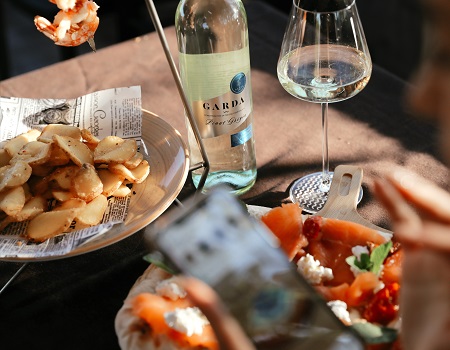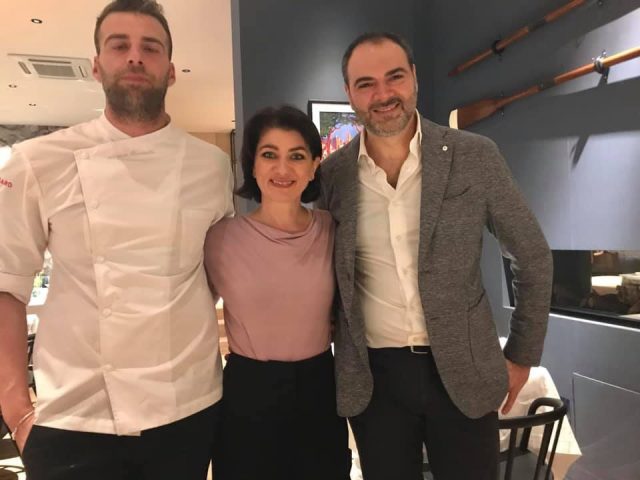Doc Garda: instructions for use
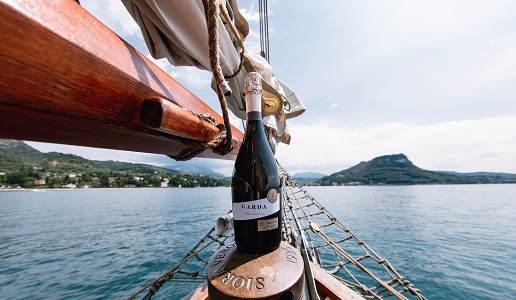
Vademecum to orient yourself within the Garda appellation of origin, which covers a wide range of varieties and types.
A few simple instructions are enough to understand what the Garda DOC is. It is not complicated, but to understand this appellation it is essential to follow the various steps since its inception in order.
Recommendation
First let us make it clear that when you approach Garda Doc wines you are not inevitably going to drink a "Lake Garda wine," or at least not necessarily. The name may initially mislead you, but to think this would be reductive towards the appellation itself. The Garda DOC, in fact, was created by tracing the profile of as many as 10 historic DOCs, some bordering the lake and some not.
Doc, soils and climate
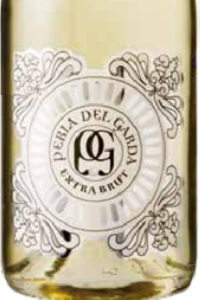 Perla del Garda
Perla del Garda
Garda Metodo Classico Cuvée Extra Brut
92/100 - € 20,00
100% Chardonnay. Metodo Classico. Extra Brut. Acciaio. Minimo 20 mesi. Giallo dorato. Al naso note croccanti e tese; nocciola tostata e un preannunciare di sapidità. Salato anche al palato finisce profondo con note di bergamotto.
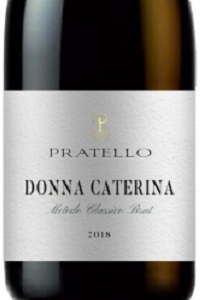 Pratello
Pratello
Garda Metodo Classico Donna Caterina
91/100 - € 21,00
95% Chardonnay, 5% Erbamat. Metodo Classico, 36 mesi. Brut. Giallo paglierino leggero. Perlage sottile. Al naso note di fermentazione e di fiori bianchi con accenni verticali. Al palato continua con sensazioni aggrumate e un’ottima spinta acida.

 Italiano
Italiano

